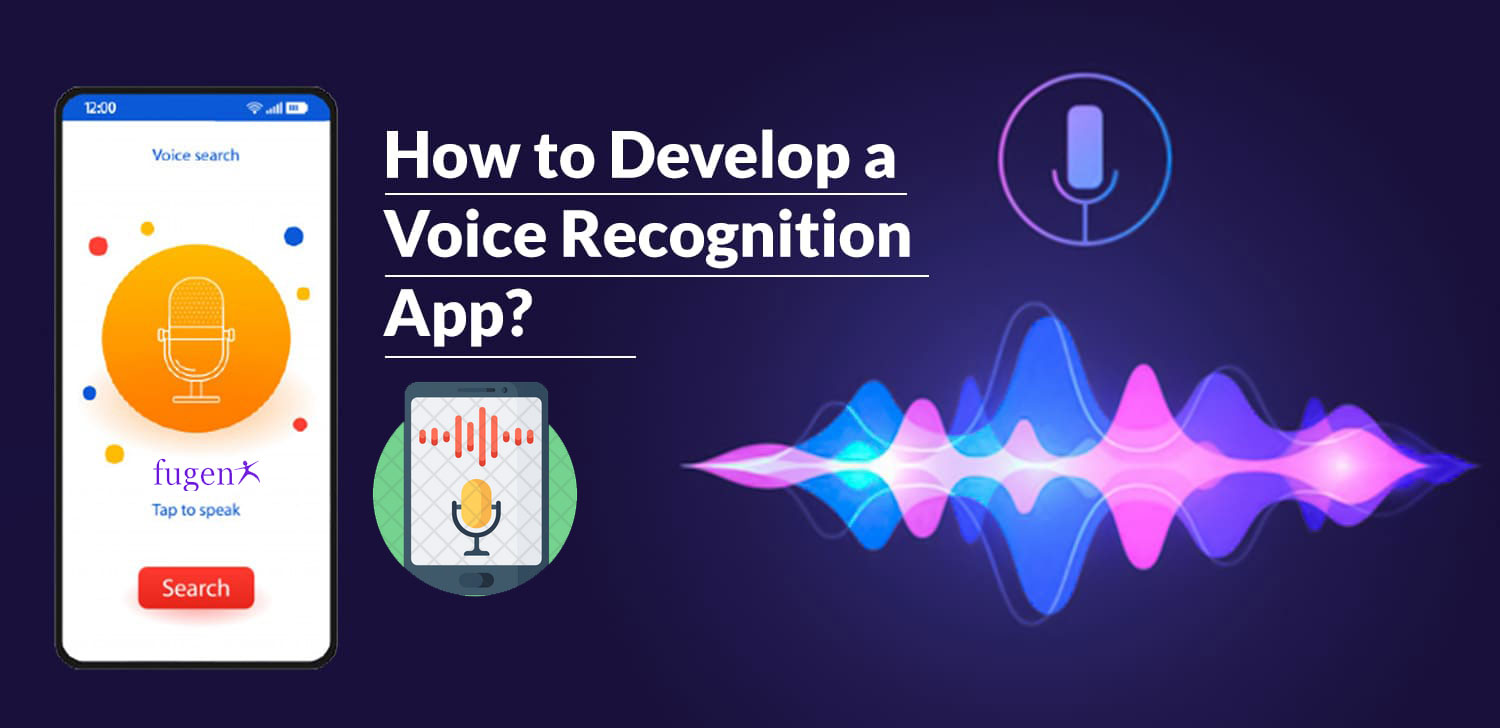Voice-First Mobile Apps: Revolutionizing User Interaction
 TechnBrains
TechnBrains
In the ever-evolving landscape of technology and user experience, a new frontier is emerging—voice-first mobile apps. Imagine a world where your voice becomes the primary interface for interacting with your favourite applications. For App developers, UX/UI designers, and businesses eager to stay ahead in mobile app innovation, this blog post explores the transformative power of voice-first applications. From curious tech enthusiasts to professionals seeking practical insights, let's dive into the potential, examples, and opportunities that voice-first mobile apps bring to the forefront.
The Rise of Voice-First Technology
Voice-first technology marks a significant shift in how users engage with their devices. With the proliferation of virtual assistants like Siri, Google Assistant, and Alexa, voice interactions have become a commonplace feature. However, the true potential lies in extending this capability to a wide array of mobile applications.
Case Study: Amazon Alexa Skills
Amazon Alexa, with its extensive repertoire of skills, exemplifies the potential of voice-first technology. Users can seamlessly interact with various services, from ordering groceries to checking the latest news, all through voice commands. The success of Alexa Skills showcases the appetite for voice-driven experiences beyond traditional virtual assistant functionalities.
Transforming User Experiences Through Voice
Voice-first mobile apps are not just about convenience; they redefine the user experience by offering a more natural and accessible way to interact with technology.
Accessibility Redefined
For individuals with disabilities or those who prefer a hands-free experience, voice-first apps break down barriers. Navigating through an app, making selections, or composing messages becomes more inclusive, empowering a broader user base.
Streamlining Complex Tasks
Imagine managing your schedule or composing lengthy emails on the go, simply by articulating your thoughts. Voice-first apps streamline complex tasks, enhancing efficiency and productivity for users with busy lifestyles.
Machine Learning and Natural Language Processing
At the core of voice-first mobile apps is the integration of machine learning and natural language processing (NLP). These technologies enable apps to understand, interpret, and respond to user input in a more human-like manner.
Google Duplex: A Conversationally Advanced Assistant
Google Duplex showcases the potential of NLP in voice-first applications. This AI-driven technology allows users to make reservations or appointments through natural, human-like conversations. The system understands context, handles interruptions, and ensures a seamless interaction, mimicking the intricacies of real communication.
Customizing User Experiences
Machine learning algorithms enable voice-first apps to learn and adapt to user preferences over time. The more a user interacts with the app, the better it becomes at understanding their unique speech patterns and preferences, providing a tailored experience.
Opportunities for Innovation in Voice-First Apps
The rise of voice-first technology presents a myriad of opportunities for innovation across various industries. Let's explore how different sectors are leveraging voice-first mobile apps to enhance user experiences and solve real-world problems.
Healthcare: Voice-Activated Medical Assistance
In the healthcare sector, voice-first apps are transforming patient care. Users can schedule appointments, receive medication reminders, or even inquire about symptoms using voice commands. This not only enhances accessibility for patients but also streamlines administrative tasks for healthcare providers.
Finance: Secure Voice-Driven Transactions
Voice-first apps in the finance industry are exploring secure voice authentication for transactions. Users can authorize payments, check account balances, or receive financial insights using their voice, adding an extra layer of convenience and security to mobile banking.
Education: Interactive Learning through Voice
Voice-first apps are reshaping the education landscape by offering interactive and engaging learning experiences. Language learning apps, for example, leverage voice interactions for pronunciation practice and conversational skills, providing a more immersive educational journey.
Overcoming Challenges in Voice-First Development
While the potential of voice-first mobile apps is vast, developers and businesses must navigate challenges to ensure a seamless user experience.
Accurate Speech Recognition
Achieving accurate speech recognition poses a challenge, especially in diverse linguistic environments. Developers must fine-tune algorithms to understand various accents, languages, and speech patterns for a truly inclusive experience.
Privacy and Security Concerns
Voice-first apps often involve the processing of sensitive information. Addressing privacy and security concerns is paramount, requiring robust encryption and authentication measures to protect user data.
Voice-First Development Best Practices
For developers and businesses venturing into voice-first mobile app development, adhering to best practices is essential for success.
User-Centric Design
Prioritize user-centric design principles to create intuitive and seamless voice interactions. Understand user expectations, incorporate natural language cues, and design an interface that aligns with the way users naturally speak.
Continuous Testing and Improvement
Voice-first apps benefit from continuous testing and improvement. Regularly update machine learning models, analyze user feedback, and implement improvements to enhance the accuracy and responsiveness of voice interactions.
The Future of Voice-First Mobile Apps
As we look ahead, the future of voice-first mobile apps appears promising, with continual advancements on the horizon.
Integration with Wearable Devices
The synergy between voice-first apps and wearable devices is a natural progression. Users may soon control and interact with their favourite apps using voice commands on smartwatches, earbuds, and other wearables.
Multi-Language Support
Enhanced language recognition capabilities will lead to broader multi-language support. Voice-first apps will seamlessly switch between languages, catering to diverse global audiences.
Embracing the Voice-First Revolution
In conclusion, the revolution of voice-first mobile apps is not just a technological trend; it's a paradigm shift in user interaction. From redefining accessibility to streamlining complex tasks, voice-first technology is transforming the way we engage with mobile applications. As developers, UX/UI designers, and businesses, embracing this revolution opens up new opportunities for innovation and user-centric design. The future is undoubtedly voice-first, and those who embark on this journey stand to shape the next era of mobile app experiences.
Subscribe to my newsletter
Read articles from TechnBrains directly inside your inbox. Subscribe to the newsletter, and don't miss out.
Written by

TechnBrains
TechnBrains
TechnBrains is a Custom Software Development and Mobile Application development company based in Texas building high-quality mobile apps for IOS and Android and responsive web designs for driving success